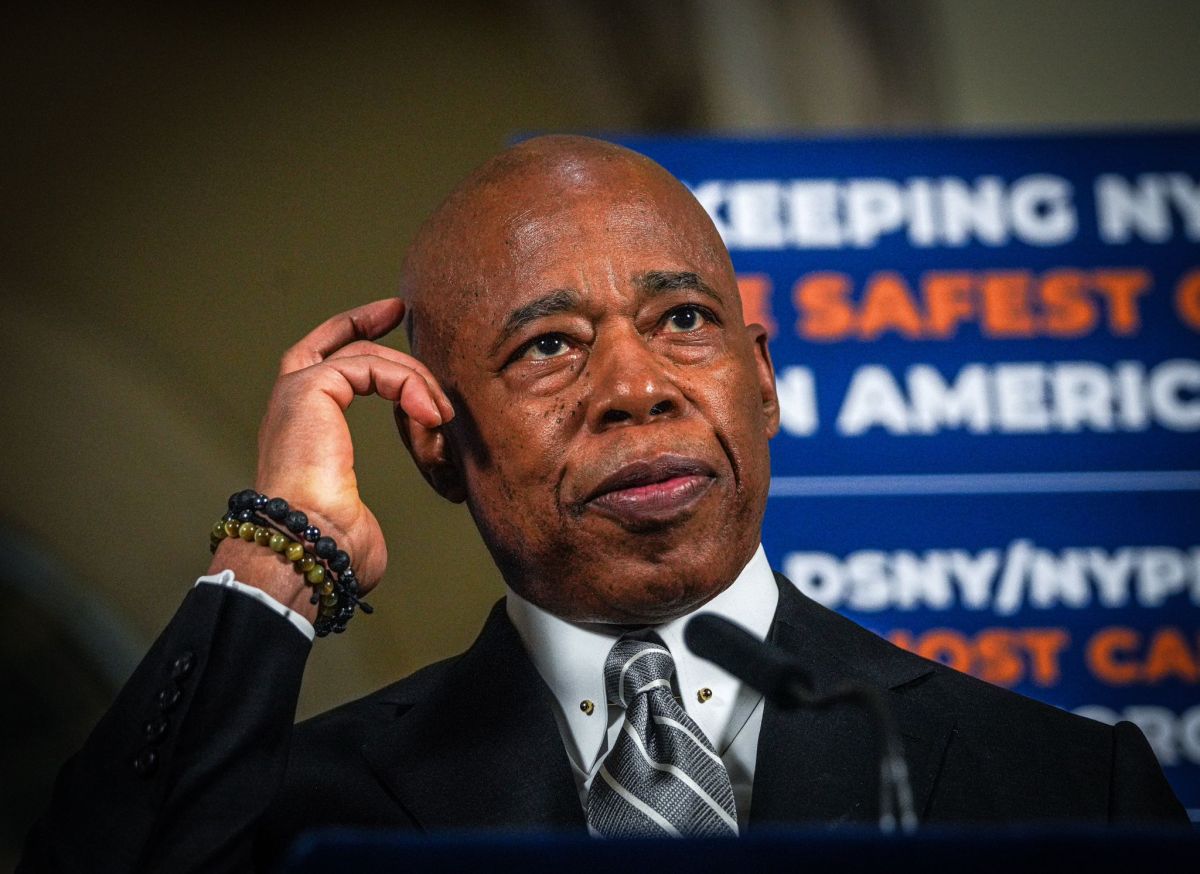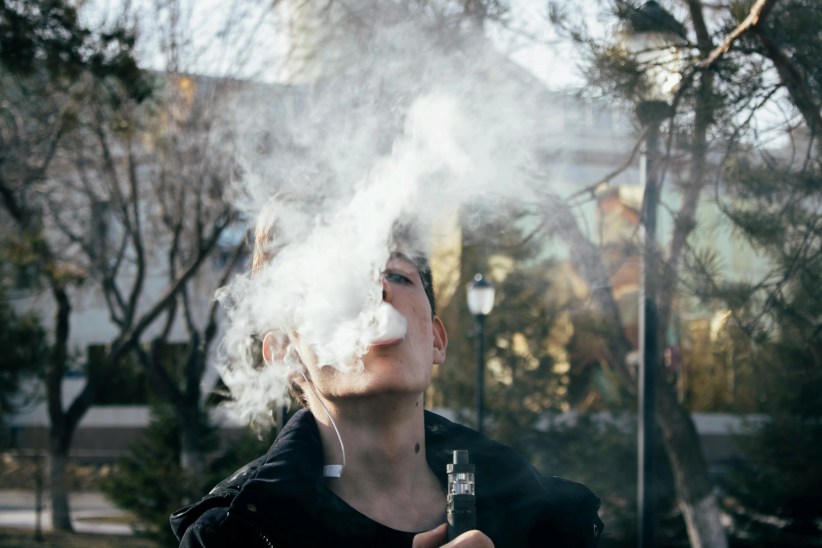By Melinda Katz
Across the nation, we have all been witness to the distressing routine: People are murdered by gun violence — we experience collective outrage, calls for tighter gun control laws, calls for greater mental health awareness and truly heartfelt thoughts and prayers for the victims.
Yet time after time, incident after incident, nothing changes, and parents and children are left to deal with “active shooter drills” and “lock down drills” in our schools as part of our new normal.
Even more depressingly, this conversation only occurs after deadly mass shootings that draw national media attention.
The far more common and deadly gun violence that occurs every day barely gets reported at all.
So although stronger gun laws, better mental health care and more thoughts and prayers all have value—and they do—we still find ourselves no closer to truly addressing the gun violence pandemic that results in thousands of deaths every year.
The Parkland shooting in Florida, and the incredibly courageous students who are intent on disrupting the predictable cycle of inaction, have forced a longer dialogue than we have grown accustomed to and created an opportunity to truly do something different: Rethink gun violence not simply as a criminal justice issue, but as a public health issue that needs a public health response.
Here in Queens and at select sites across New York, we’ve been doing exactly that, treating gun violence not simply as a crime to be prevented, but more realistically as a disease to be cured.
And the outcome data are clear — this approach is the solution that works.
Whereas public health research on gun violence has absurdly been made impossible at the federal level by NRA-driven restrictions on the National Centers of Disease Control and Prevention, cities and states are joining together to do research into this life-or-death public health crisis and promote solutions.
The NYC Cure Violence program, operating through groups such as Man Up! Inc. in Brooklyn and Save Our Streets in the South Bronx, has been successful in introducing the idea of “violence interrupters” into communities plagued by gun violence, with definable, measurable success.
In southeast Queens, LifeCamp works every day to give young people better skills and awareness to defuse conflicts before they escalate.
Our groups recognize the ultimate truth about gun violence — that it is as contagious as any disease and that as it spreads to pandemic levels, it becomes harder and harder to control.
At LifeCamp, work has been focused on a specific part of southeast Queens. Bordered by 111th Street and 118th Street between Sutphin Boulevard and Guy R. Brewer Boulevard, this precinct had previously been identified as the highest crime precinct in the borough.
But by applying NYC’s Crisis Management Model with a “Cure Violence” model as its foundation, the area went from four gun deaths per year to zero for the past four years, and from 17 shootings per year to not a single shooting incident for 568 days.
Across the city, 21 other sites that are also part of this pilot program have seen similar reductions in gun violence, helping make New York the safest big city in America.
This outcome shows the strength of using a public health response to interrupt and cure violence as you would with any other disease. It offers hope for helping young people end a cycle of violence that our nation has heretofore seemed unable to address.
Investing in curing violence is investing in helping young people heal in learning violence interruption strategies and in playing a collective role in their own community’s public safety.
For far too long, we have been having the same conversation about this issue with no indication that anything is getting better.
We talk about getting guns off the streets, which is certainly a noble goal, but it is not enough to drive the solution.
With the effective public health model that has been developed, we can now expand to a full-scale public health response, as aggressive as smallpox and polio eradication, to inoculate our country and stop the spread of this ongoing and very, very deadly disease.
Melinda Katz
Borough President




































